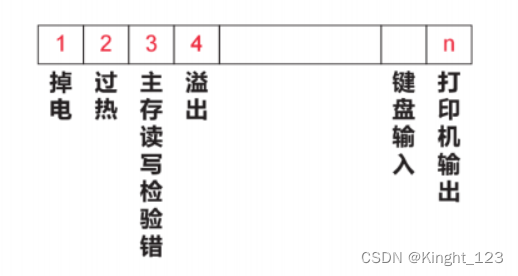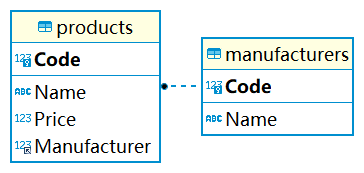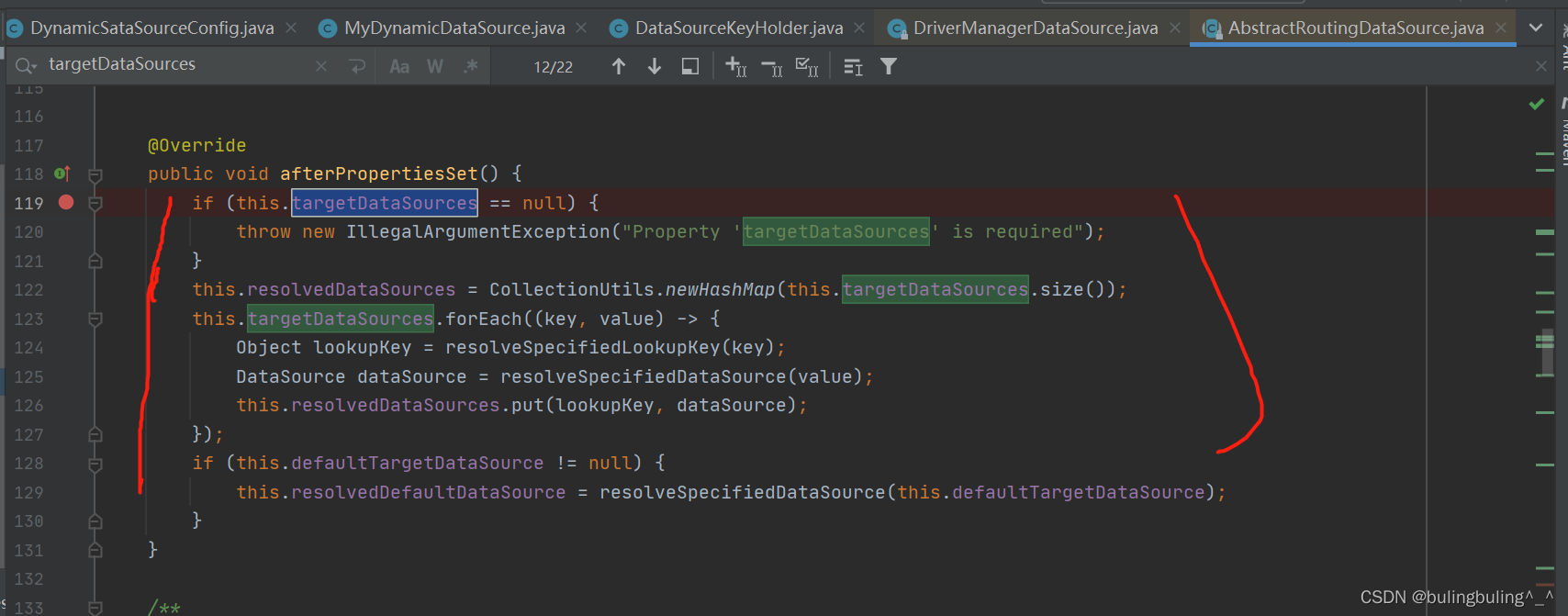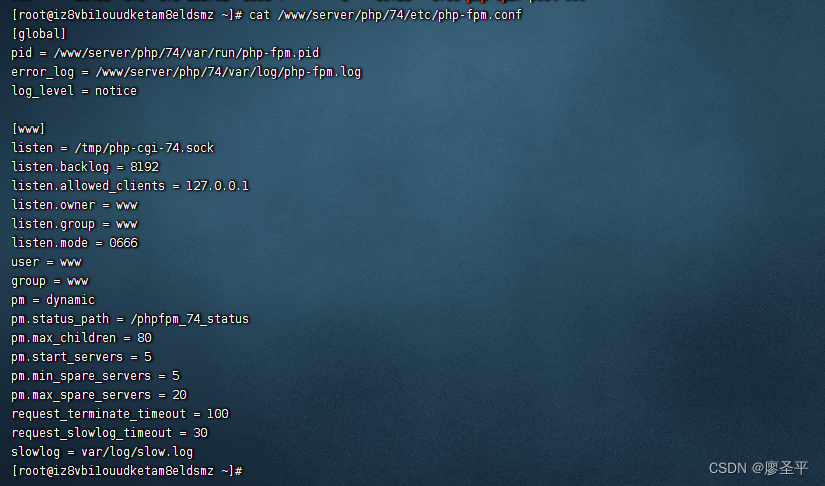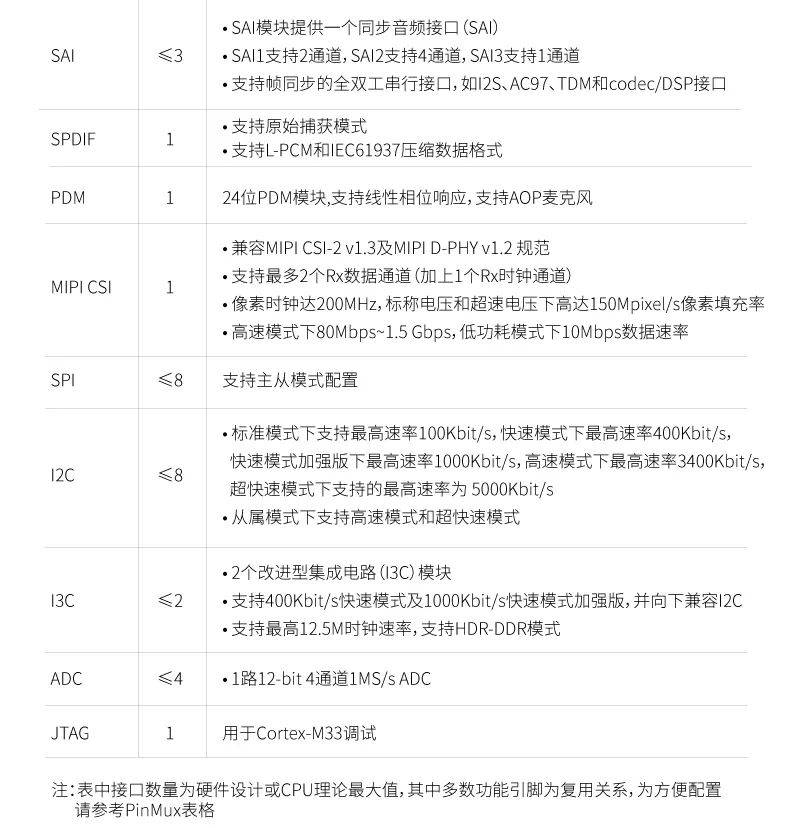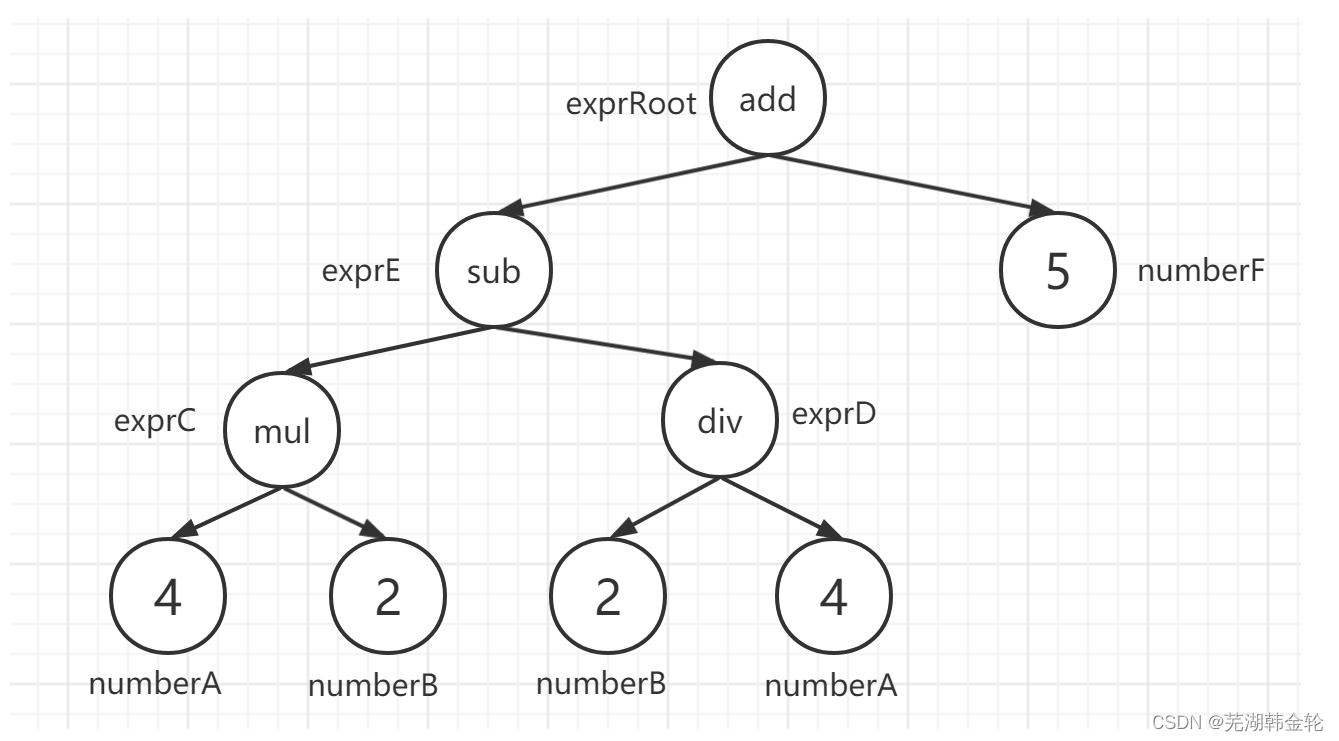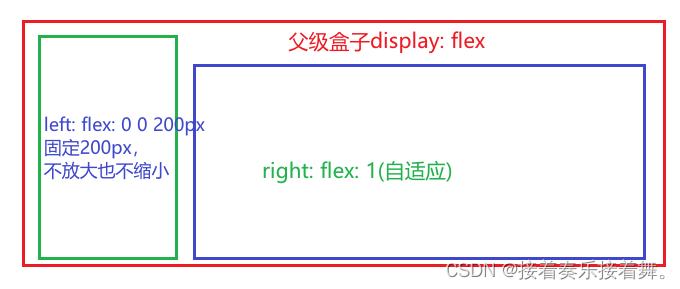1. Spring中Bean创建完成后执行指定代码的几种实现方式
- 实现ApplicationListener接口
实现ApplicationListener接口并实现方法onApplicationEvent()方法,Bean在创建完成后会执行onApplicationEvent()方法
@Component
public class DoByApplicationListener implements ApplicationListener<ContextRefreshedEvent> {
public DoByApplicationListener() {
System.out.println("DoByApplicationListener constructor");
}
@Override
public void onApplicationEvent(ContextRefreshedEvent event) {
if (Objects.isNull(event.getApplicationContext().getParent())) {
System.out.println("DoByApplicationListener do something");
}
}
}
- 实现InitializingBean接口
实现InitializingBean接口并实现方法afterPropertiesSet(),Bean在创建完成后会执行afterPropertiesSet()方法
@Component
public class DoByInitializingBean implements InitializingBean {
public DoByInitializingBean() {
System.out.println("DoByInitializingBean constructor");
}
@Override
public void afterPropertiesSet() throws Exception {
System.out.println("InitByInitializingBean do something");
}
}
- 使用@PostConstruct注解
在Bean的某个方法上使用@PostConstruct注解,Bean在创建完成后会执行该方法
@Component
public class DoByPostConstructAnnotation {
public DoByPostConstructAnnotation() {
System.out.println("DoByPostConstructAnnotation constructor");
}
@PostConstruct
public void init() {
System.out.println("InitByPostConstructAnnotation do something");
}
}
2. ThreadLocal的优缺点?
答案
- ThreadLocal提供线程局部变量;开箱即用开销小,可以代替多线程访问共享变量时需要上锁的需要;
- 线程资源一致:基于线程池模型去synchronized很危险:排队去锁消耗的时间导致CPU用不完。
例如:线程池中24个线程,打来100个并发量,一次只能24个,而用ThreadLocal收集数据很快且安全。同一个事务下的任务们必须保证原子性,也就是说下图中的task们都须通过同一个线程的getConnection()方法拿到完全相同的数据。首先判断ThreadLocalMap中是否存在锁需值,如果没有就去连接池取,取到的值先存到线程共享的ThreadLocalMap中,再返回给对应task。
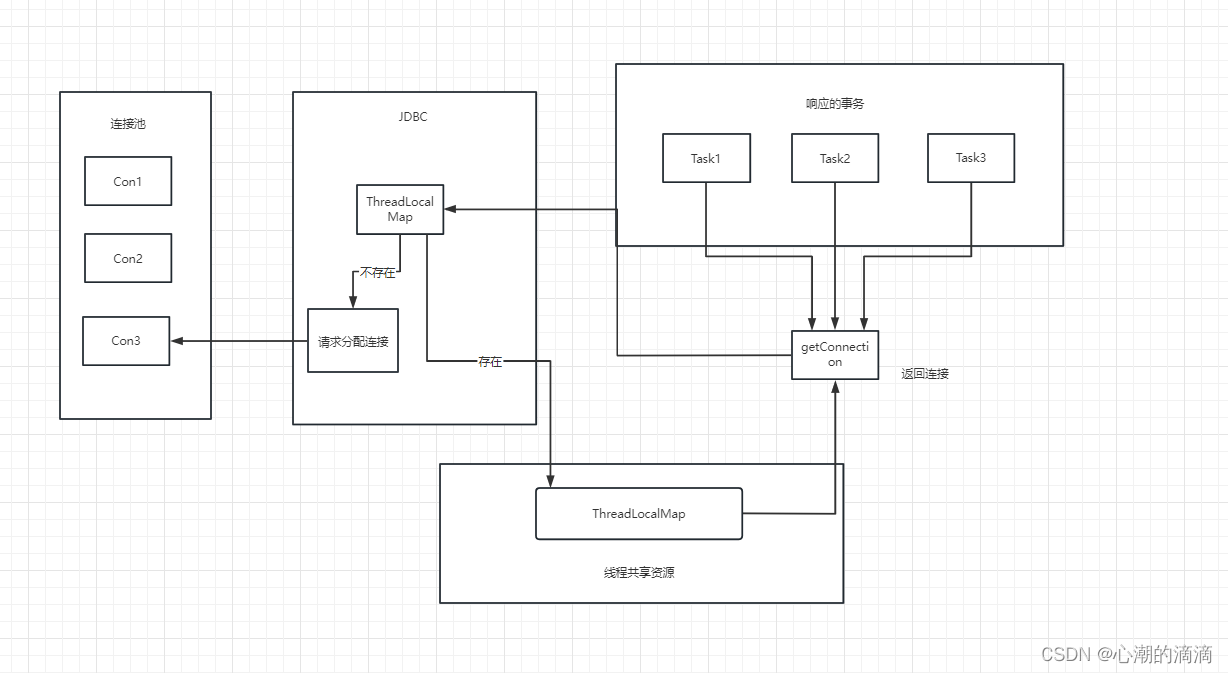
题外知识
ThreadLocal原理
1. 结构模型
系统里经常使用ThreadLocal保存线程上下文信息,是一个创造线程局部变量的类,适用于线程独享且在类和方法间共享的场景。ThreadLocal提供了线程本地的实例。它与普通变量的区别在于,每个使用该变量的线程都会初始化一个完全独立的实例副本。ThreadLocal变量通常被private static修饰。当一个线程结束时,它所使用的所有ThreadLocal相对的实例副本都可被回收。
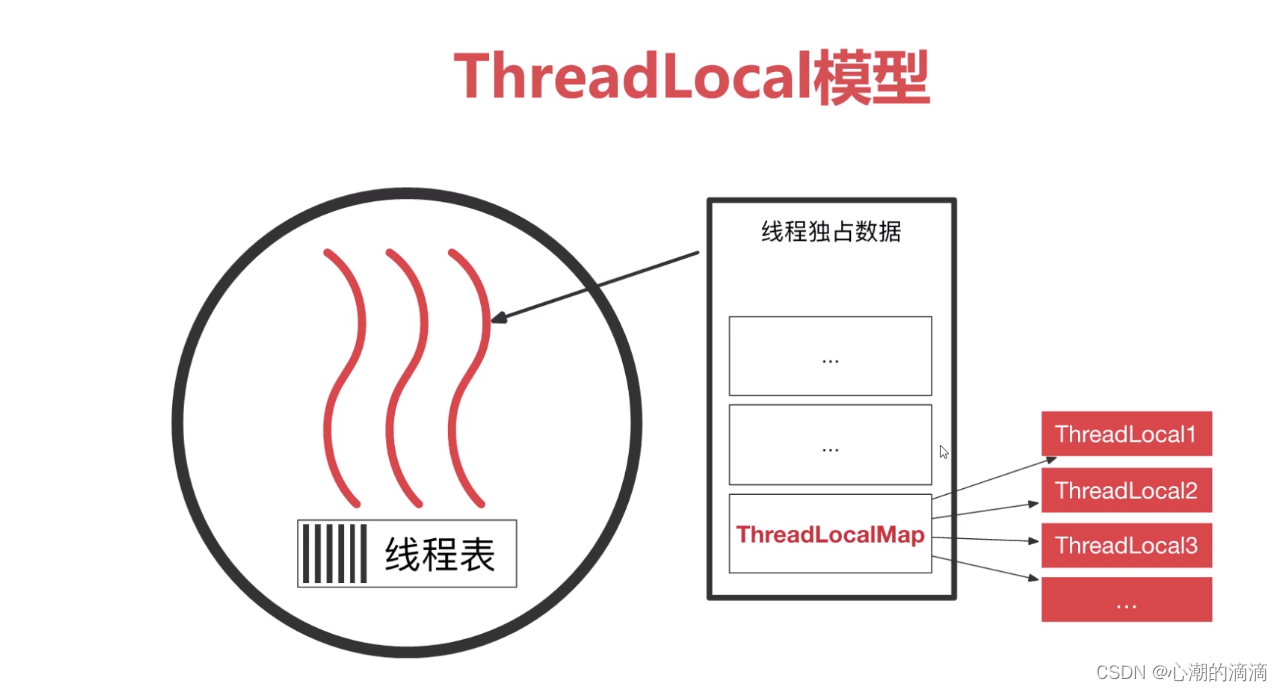
2. 实现原理
在各种多线程语言都有,Java用哈希表实现(ThreadLocalMap)
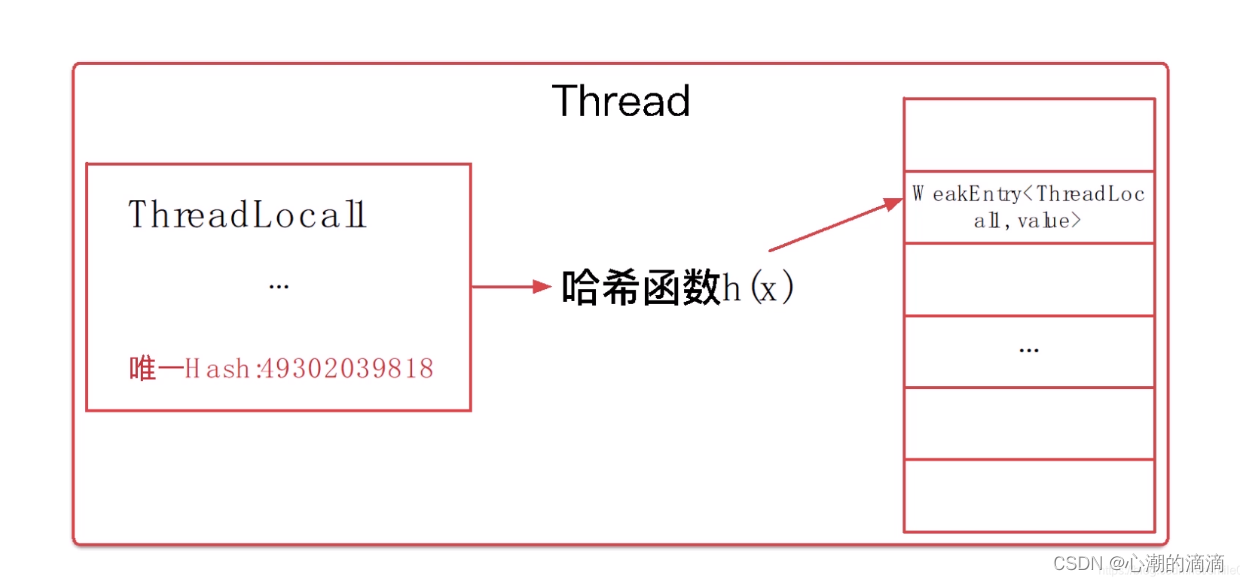
3.源码
- 1.构造函数ThreadLocal()
static class ThreadLocalMap {
/**
* The entries in this hash map extend WeakReference, using
* its main ref field as the key (which is always a
* ThreadLocal object). Note that null keys (i.e. entry.get()
* == null) mean that the key is no longer referenced, so the
* entry can be expunged from table. Such entries are referred to
* as "stale entries" in the code that follows.
*/
static class Entry extends WeakReference<ThreadLocal<?>> {
/** The value associated with this ThreadLocal. */
Object value;
Entry(ThreadLocal<?> k, Object v) {
super(k);
value = v;
}
}
-
- 初始化 initialValue()
只有线程在第一次调用get()方法时,执行此方法。public T get() 返回ThreadLocal中当前线程副本的值。变量第一次get时没有当前线程的值,就调用initialValue()的返回值
- 初始化 initialValue()
-
- 访问器 get/set
-
- 回收 remove
以下手动来个demo(涉及到延迟加载)
- 回收 remove
public class ThreadLocalDemo {
static ThreadLocal<Long> x = ThreadLocal.withInitial(() -> {
System.out.println("Initail Value run...");
return Thread.currentThread().getId(); // 拿到当前线程ID
});
public static void main(String[] args) {
new Thread(() -> {
System.out.println("main new Thread线程名:" + Thread.currentThread().getName() + ":" + x.get());
}).start();
System.out.println("main 线程名:" + Thread.currentThread().getName() + ":" + x.get());
}
}
结果是:(main函数中两个不同get都各调用了一次initialValue方法,每个线程都有自己的变量值)
Initail Value run...
Initail Value run...
main new Thread线程名:Thread-0:12
main 线程名:main:1
下面是测试set方法:
public class APITests {
public static ThreadLocal<Long> threadLocal = ThreadLocal.withInitial(() -> {
System.out.println("Initail Value run...");
return Thread.currentThread().getId();
});
public static void main(String[] args) {
new Thread(() -> {
System.out.println("main new Thread " + Thread.currentThread().getName() + ":" + threadLocal.get());
}).start();
threadLocal.set(6L);
System.out.println("main " + Thread.currentThread().getName() + ":" + threadLocal.get());
}
}
得到的结果如下:可见initialValue只调用了一次
main main:6
Initail Value run...
main new Thread Thread-0:12


![[3]ESP32连接MQTT服务端](https://img-blog.csdnimg.cn/c9fdaf530d80486da968e368a28a4195.png)

